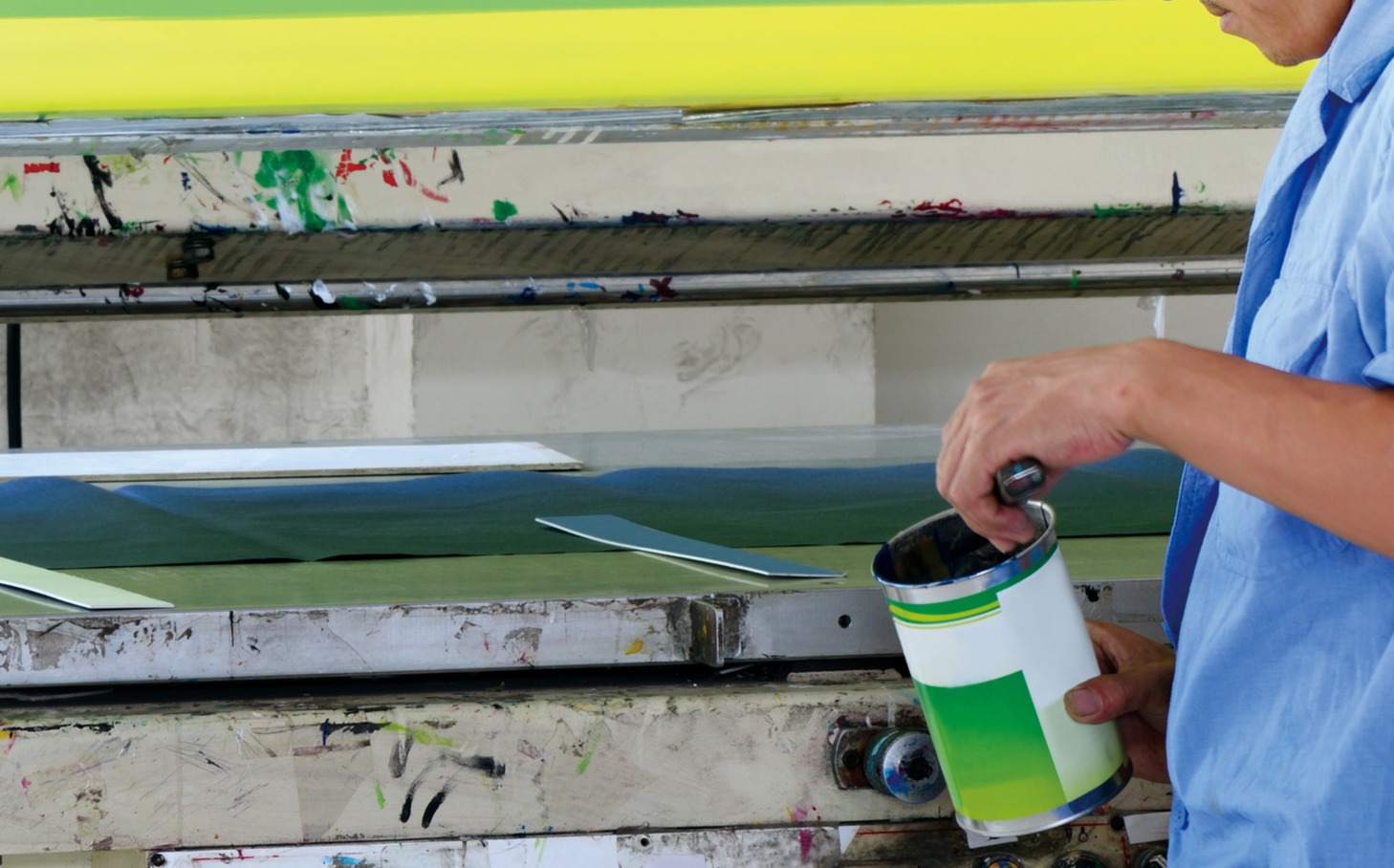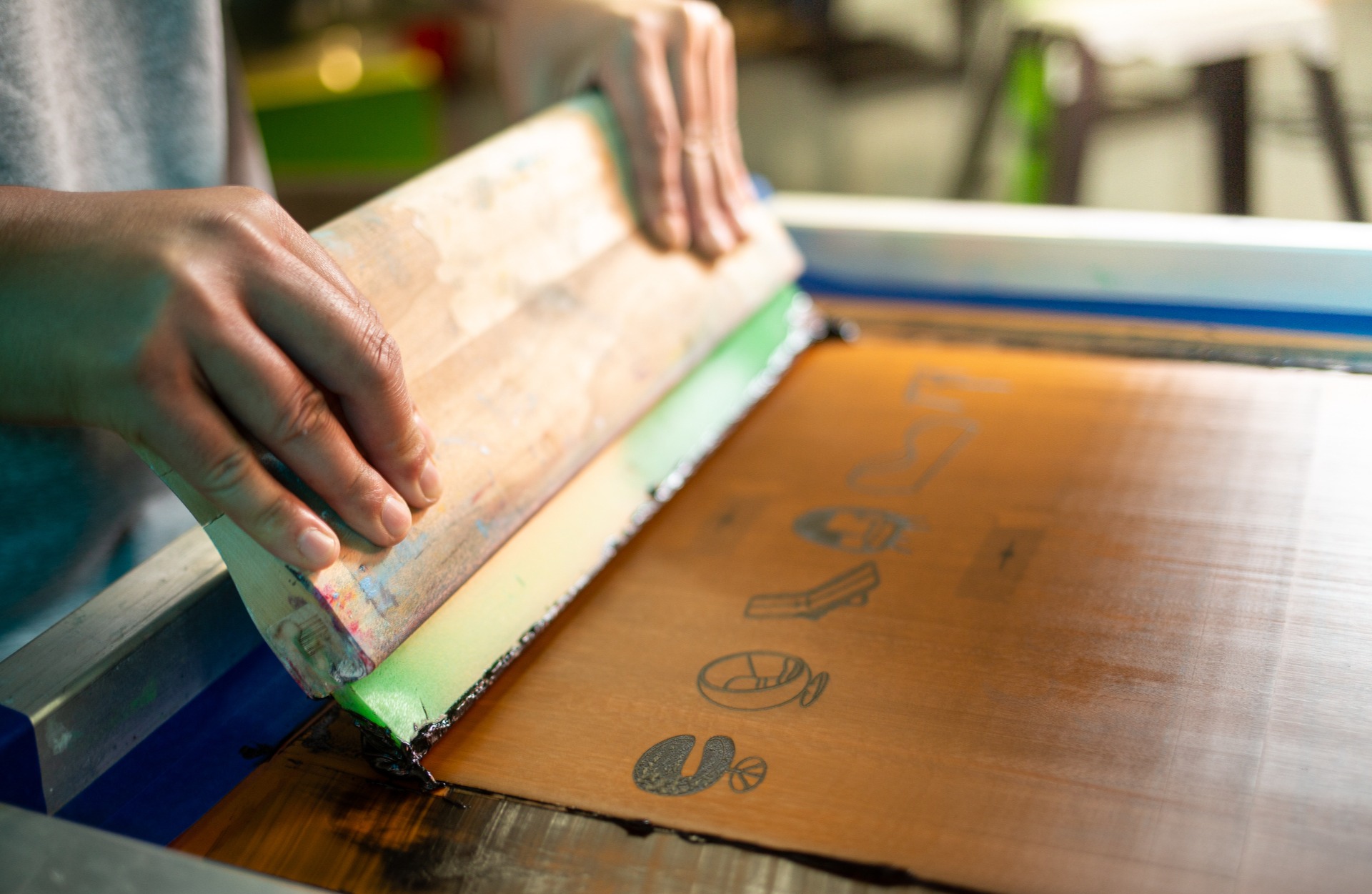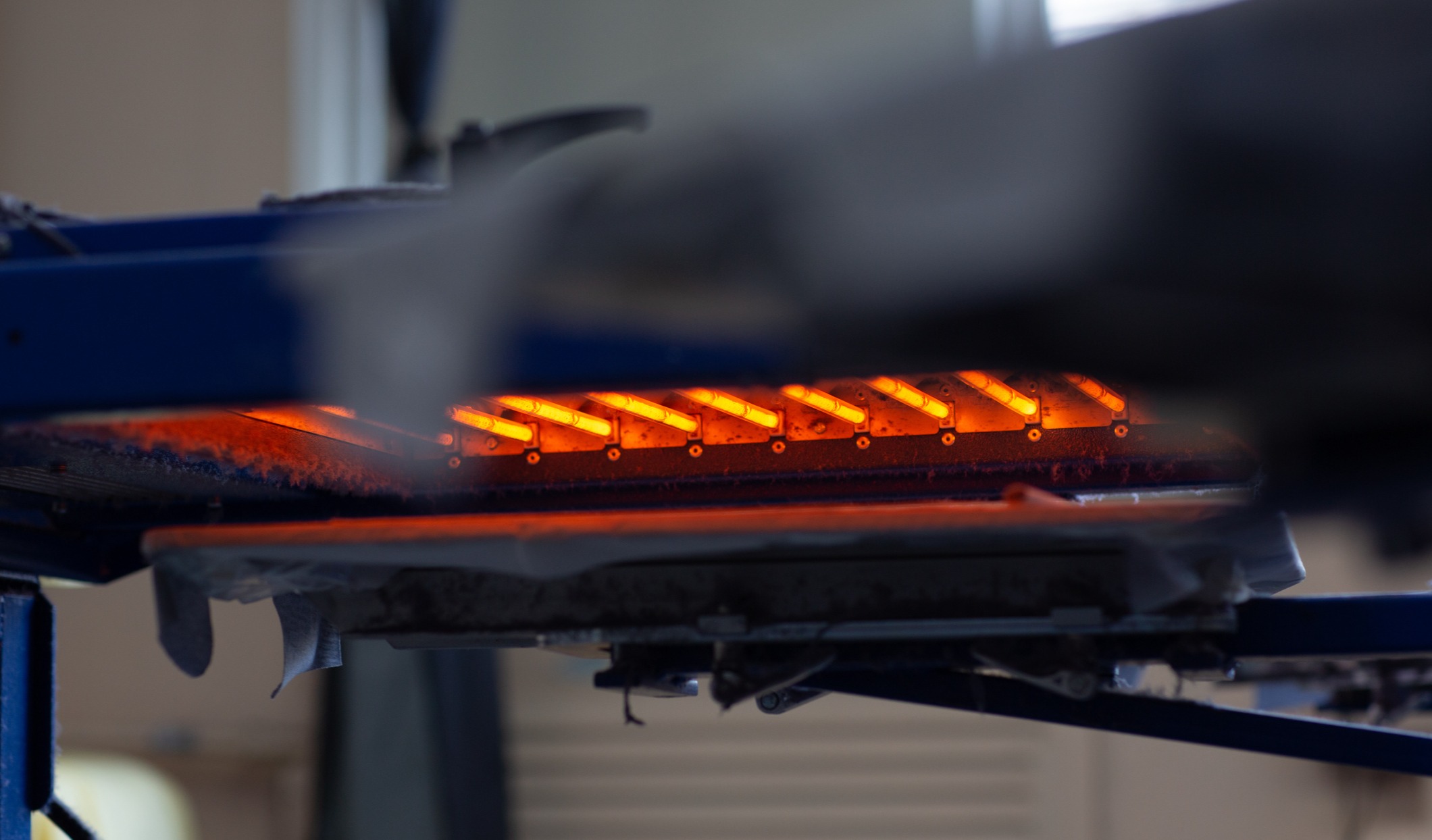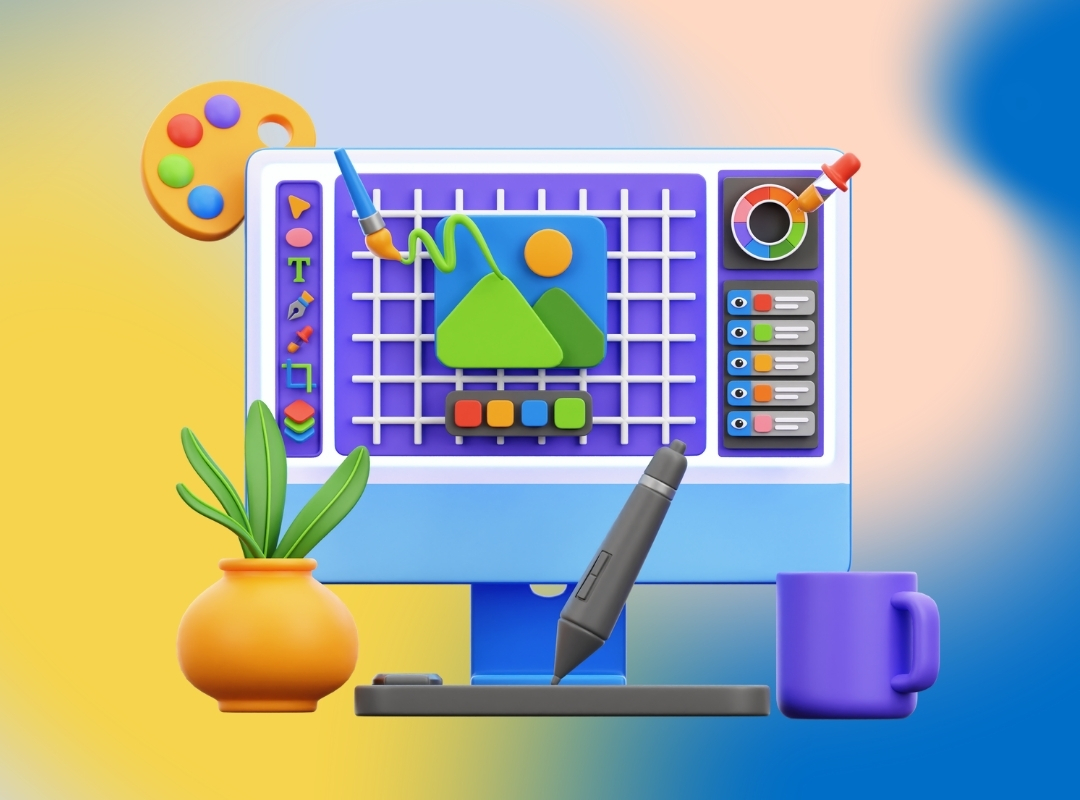What is Screen Printing?
Screen Printing, also known as silk screen printing, is the process of transferring a stenciled design onto a substrate or print material with ink, mesh screen, and a squeegee. The screen-printing method has been around for centuries, way before digital printing became widely used. Today, screen-printing is still the preferred printing method for a variety of project due to it versatility and vibrant finish.
The Process

Preparing the Screen
The process begins with choosing and preparing the mesh screen. The type of mesh screen will depend on the texture of the chosen substrate or print material, number of colors, placement of the color layer, and the style of the chosen artwork. Once the screen is determined, it is coated with a light-reactive emulsion on both the front and back, access emulsion is removed, and it is ready to be exposed and developed.
Exposing the Emulsion
The acetate sheet with the artwork is placed on the coated screen and put under a light. This light will then harden all areas of the unexposed emulsion, and leave the areas coated by the design in a soft, liquid state. The hardened emulsion is then gently rinsed off and the imprint of the design is visible on the mesh screen. If more than one color is used, then this process is repeated on a separate screen for each color. Great emphasis is placed on ensuring precise alignment. This will make sure that the placement of the individual screens during the ink transfer process will result in a crisp, clean design.

Preparing the Ink
Screen printing designs are created using "spot colors". This means that the ink is pre-mixed to the desired color rather than the color being created on the substrate via the 4-color process method used in digital printing.
The colors contained in the design are precisely matched using the pantone color-matching system, which determines the unique ink mixing formulas per color. Careful considerations are given for the level of hue, saturation, value, and opacity of the color when deciding how to mix the inks.
Preparing the Substrate
Depending on the substrate being printed, your material may need to be prepared for the screen printing process. For example, if you are printing on paper, you may need to cut it down to the chosen size. Other materials may need to be wiped clean with the appropriate solution prior to the ink transfer.

Printing
The mesh screen is placed on the printing press and the substrate is placed beneath the screen. Once the mesh is lowered and placed in contact with the substrate, the ink is placed on top of the mesh screen, and a squeegee is used to disperse the ink throughout the mesh screen and onto the substrate. The ink is now transferred over to the print material with the imprint of the design. This process is repeated for all additional colors with drying time in between each layer.

Drying
After the design has been transferred over to the substrate, the print needs to be dried and sealed. At our facility, we first pass the printed product through a heat conveyor dryer. It then it goes through a UV light conveyor to firmly seal the ink in place, making the final design less prone to wear and scratches, and overall more durable.
About BluEdge
BluEdge is a national provider of comprehensive Business Technology Solutions and Experiential Marketing Services. We’ve been supporting our clients since our establishment in 1898. BluEdge has been family-owned and operated for over 125 years and is proud to be a certified Woman Business Enterprise.
BluEdge has six locations in Carlstadt, NJ, New York, NY, Boston, MA, Philadelphia, PA, Washington, D.C., and Chicago, IL.
Need Assistance with a Screen Printing Project?
Send us a message and one of our graphics experts will get back to you shortly.






